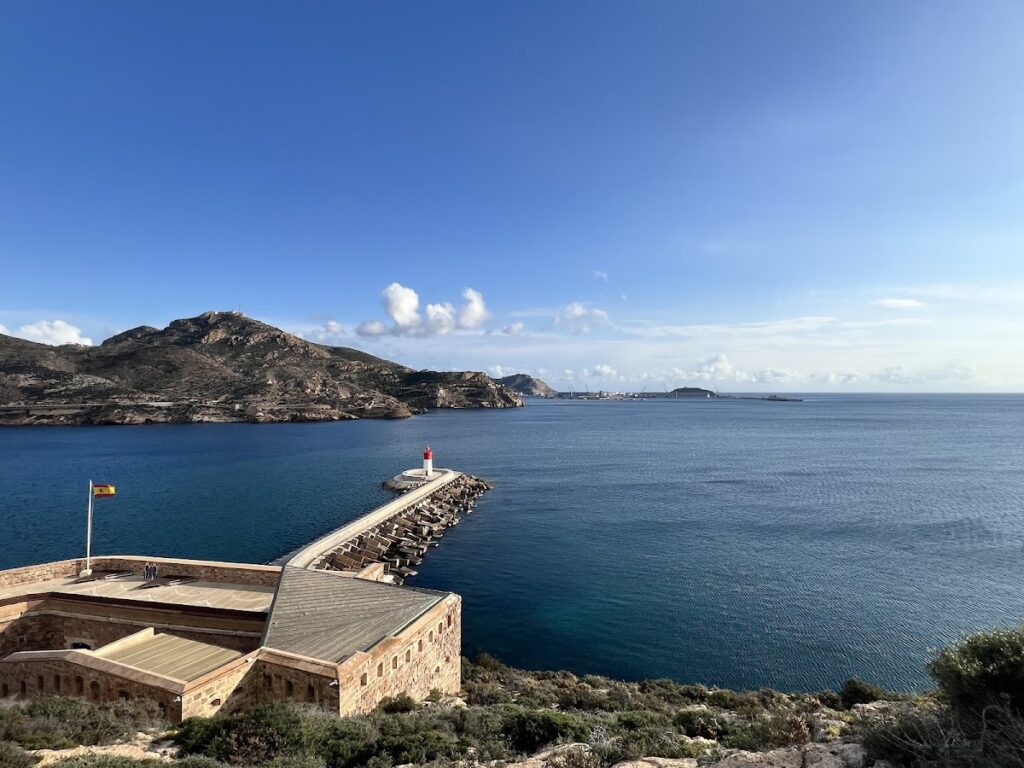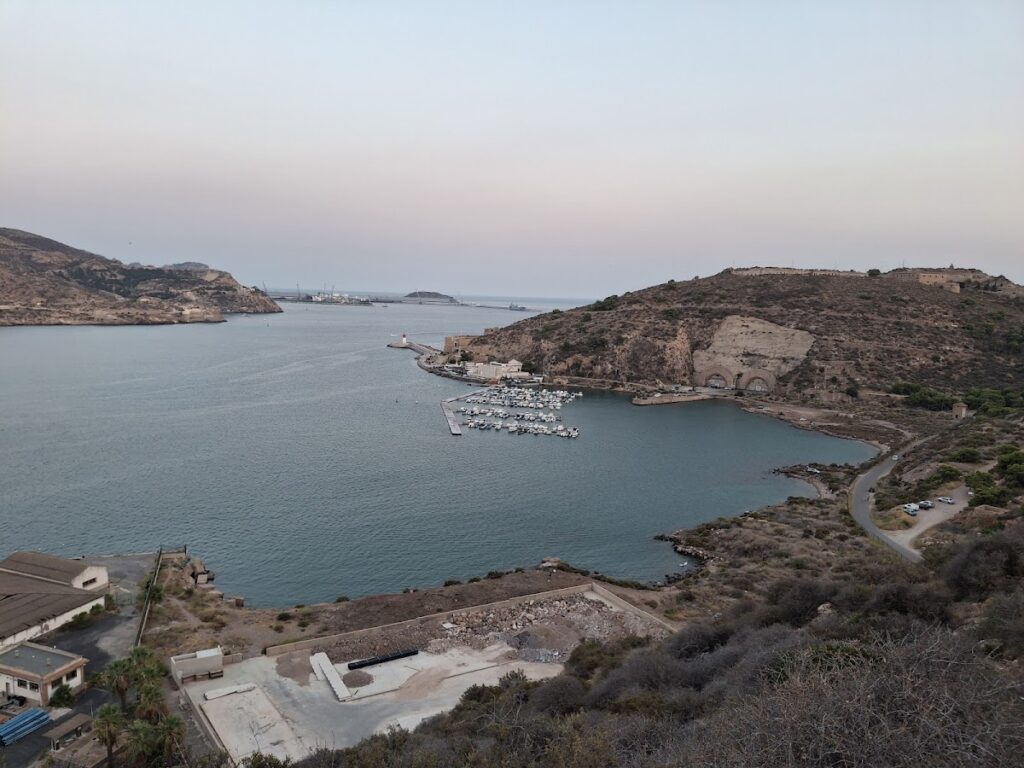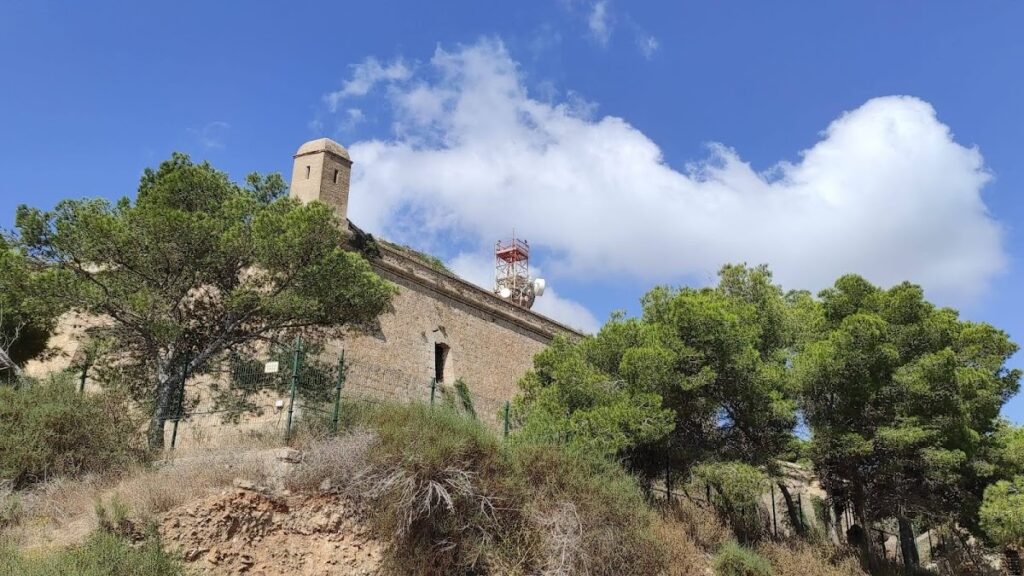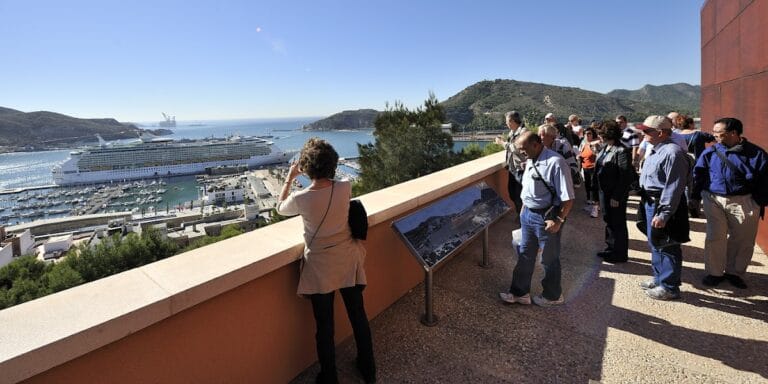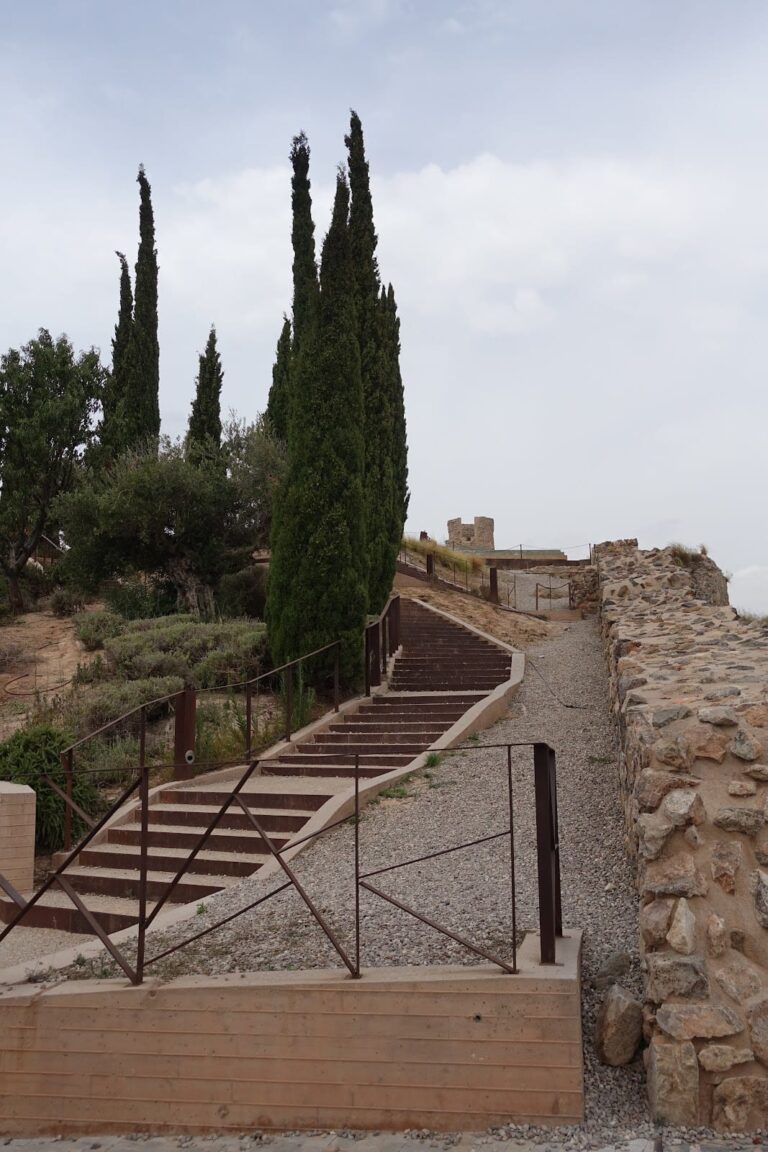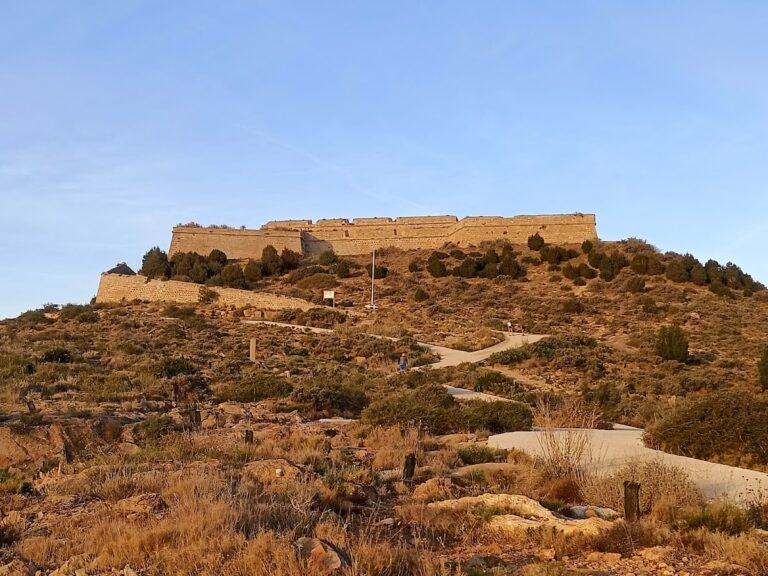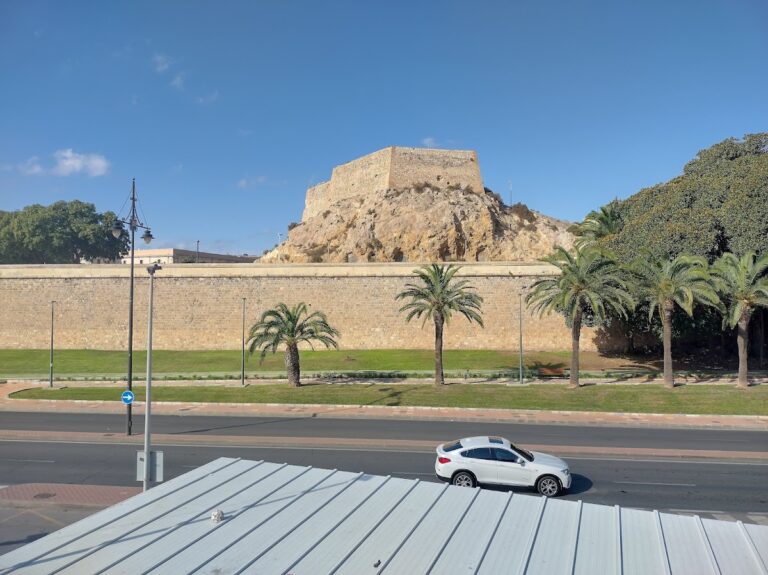Castle of Galeras, Cartagena: An 18th-Century Spanish Coastal Fortress
Visitor Information
Google Rating: 4.6
Popularity: Low
Google Maps: View on Google Maps
Country: Spain
Civilization: Unclassified
Remains: Military
History
The Castle of Galeras is located in Cartagena, Spain, and was constructed by Spanish military engineers during the 18th century. It was designed to strengthen the city’s coastal defenses as part of a larger effort to secure the important Mediterranean naval base that Cartagena had become under Spanish rule.
The strategic importance of the Galeras hill, where the castle stands, was recognized much earlier, in the mid-1500s. At that time, the military engineer Vespasiano I Gonzaga proposed the idea of moving the entire city to this elevated site due to the increasing effectiveness of firearms, which left the original harbor area vulnerable. Although this relocation was never carried out, the significance of the hill as a defensive position remained clear.
In the reign of King Carlos III during the mid-1700s, Cartagena was made the capital of the Mediterranean Maritime Department. This status led to a comprehensive program to improve the city’s military fortifications. The Castle of Galeras was built as part of this initiative, with the project directed by Mateo Vodopich, a military engineer from Ragusa (now Dubrovnik), based on earlier plans developed by Pedro Martín-Paredes Cermeño from Melilla. Completed in 1777, the fortress was intended to protect the shipyards by working in coordination with the nearby Castle of La Atalaya.
The castle played a notable role during the Spanish Cantonal Rebellion in July 1873, when republican federalists seized the garrison. Traditional stories claimed that the rebels deceived the defenders by replacing the Spanish flag with the Ottoman flag. However, recent research, using contemporary records, confirms that the flag raised was actually the red-yellow-purple tricolor associated with the federalists, reflecting their political allegiance.
In the 20th century, the castle’s use shifted from active defense to serving as a military prison. Control of the site transferred from the Spanish Army to the Navy in 1987. It remains operated by the Armed Forces today and is closed to the public to ensure its preservation.
Remains
The Castle of Galeras sits 219 meters above sea level and displays a mixed neoclassical architectural style, influenced by French military engineering practices of the time. Its design is roughly rectangular, featuring five irregular bastions arranged at the corners along with an additional bastion positioned on the northeast side. The entire structure is encircled by a moat, complemented by a counterscarp—a defensive outer slope—and a drawbridge which provided controlled access.
A large central courtyard at the heart of the castle connects to the various internal rooms and leads to the terrace above. The southern section of the fortress is especially robust, with two bastions and a curtain wall built with thick, sloped walls to withstand artillery bombardment from naval forces. This enhanced solidity reflects the need to defend against seaborne attacks.
The remaining bastions are hollow and contain vaulted chambers designed to resist explosions, providing protection for stored munitions or personnel. On the terrace of the fortress’s most fortified sector stands a two-story building that once housed a semaphore station, used for signaling across distances through visual codes.
Extending from the castle’s southwest front are the so-called Carlos III walls, a five-kilometer-long fortification that encloses both the military shipyard and the city itself. This extensive defensive barrier underscores the castle’s role as a citadel, controlling access and safeguarding the maritime installations crucial to Cartagena’s naval significance.


